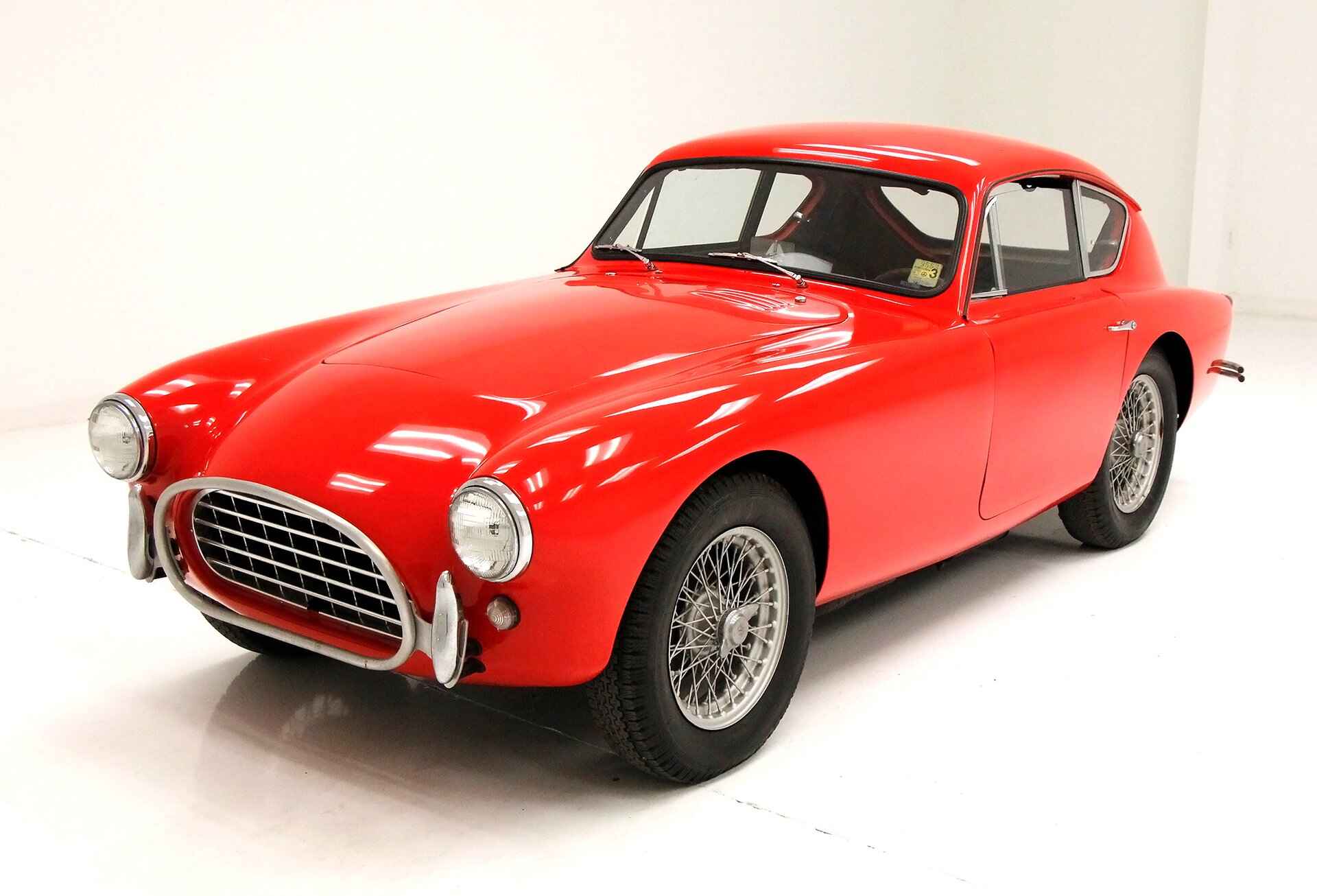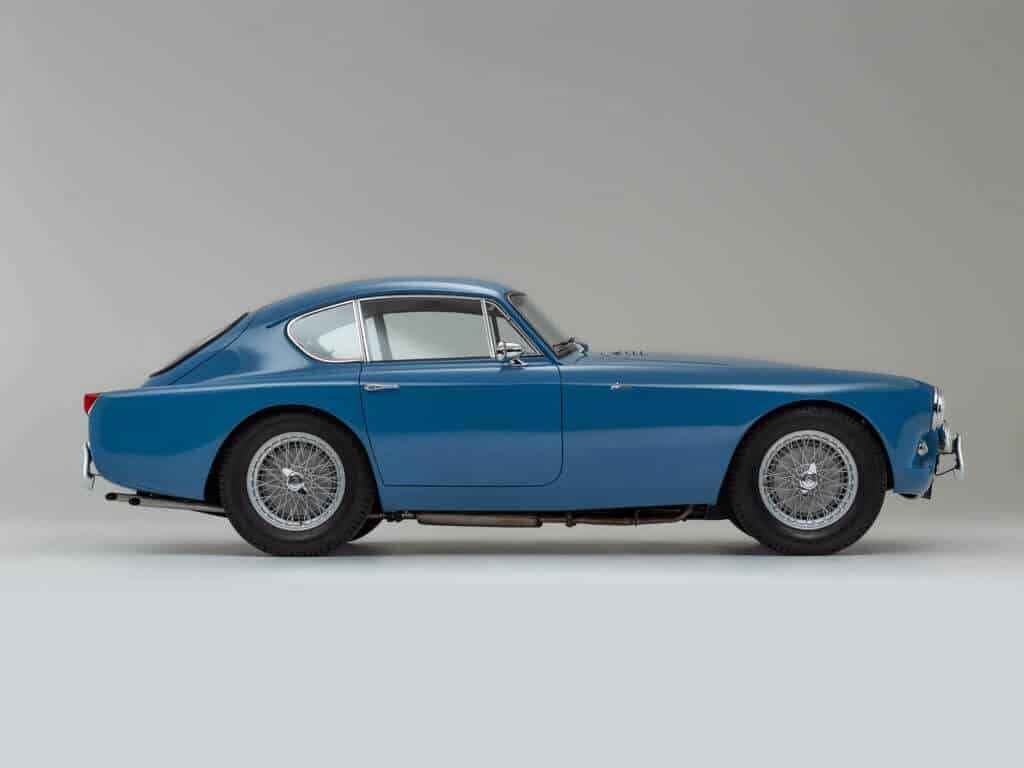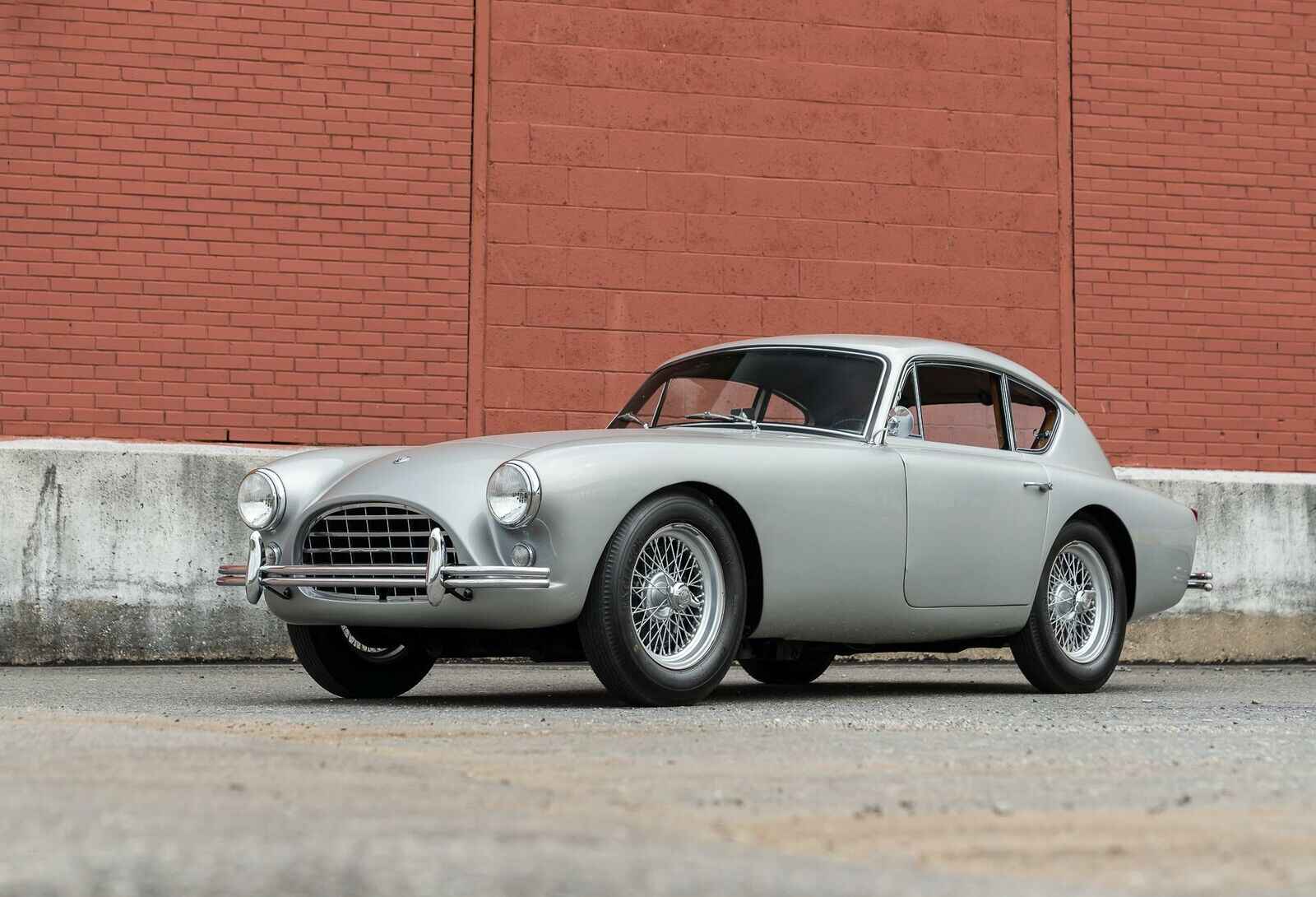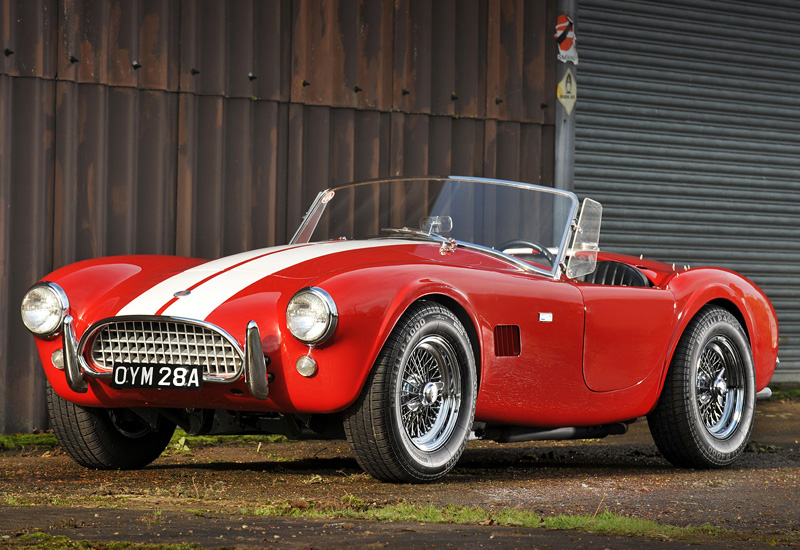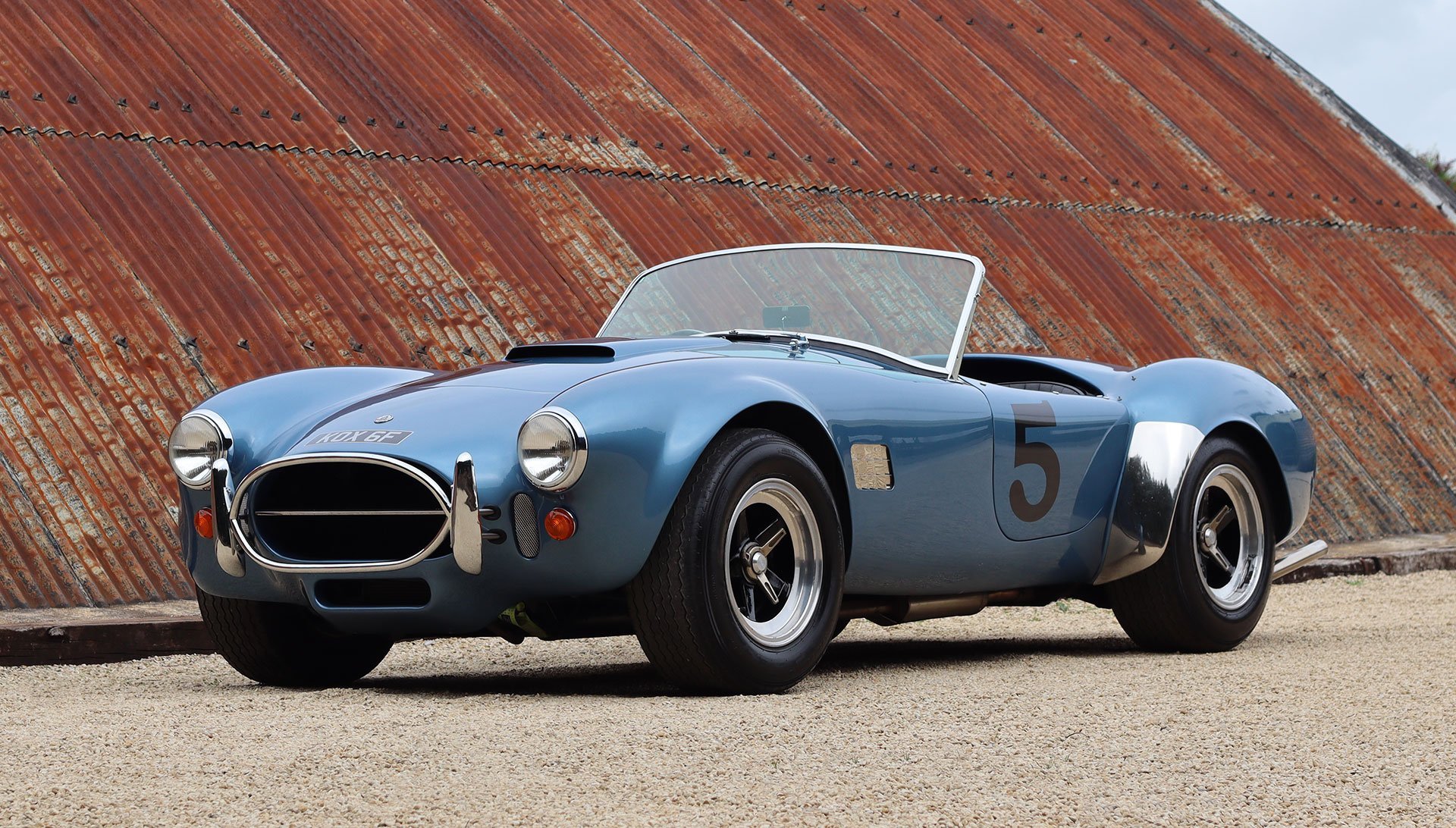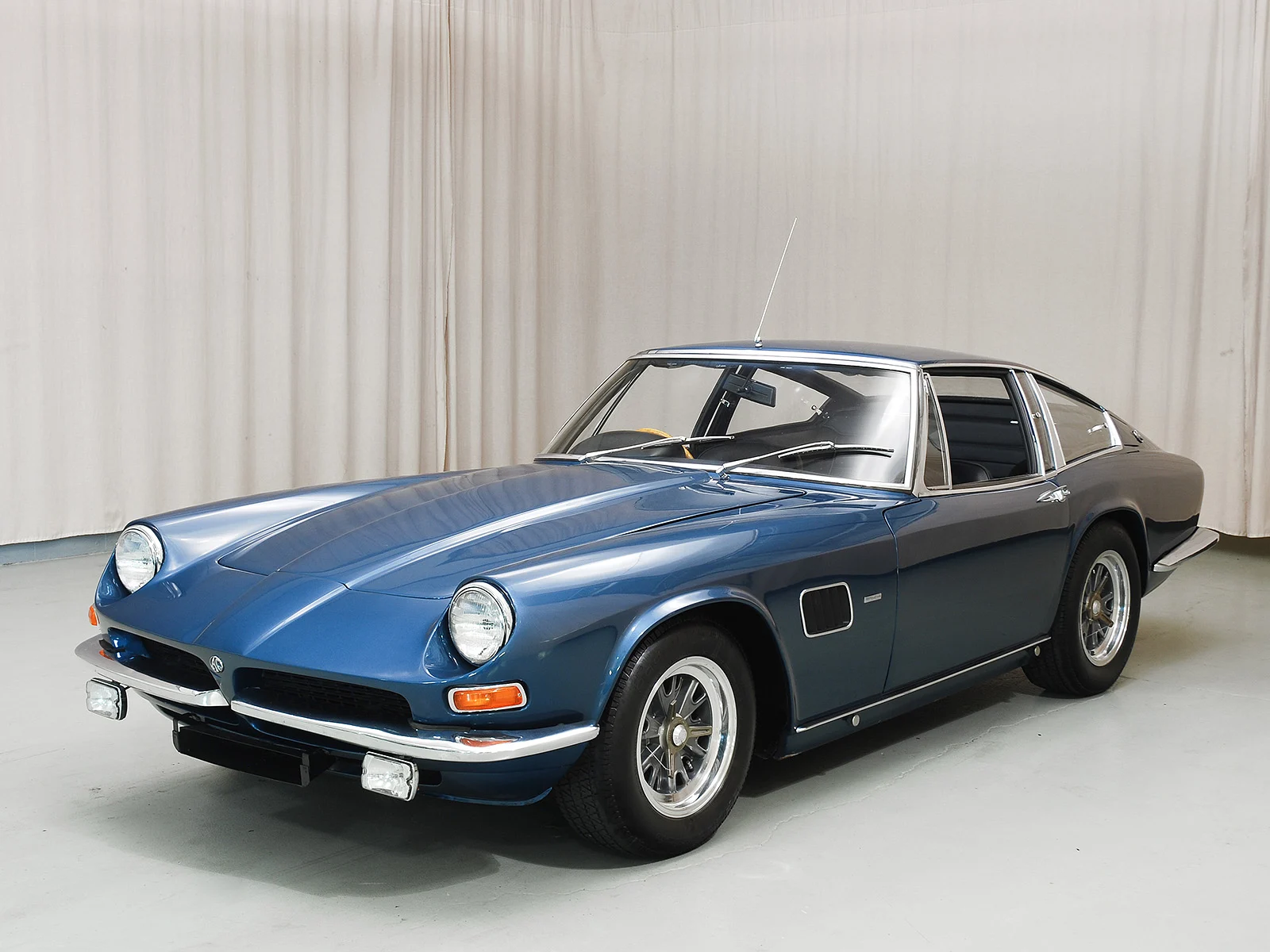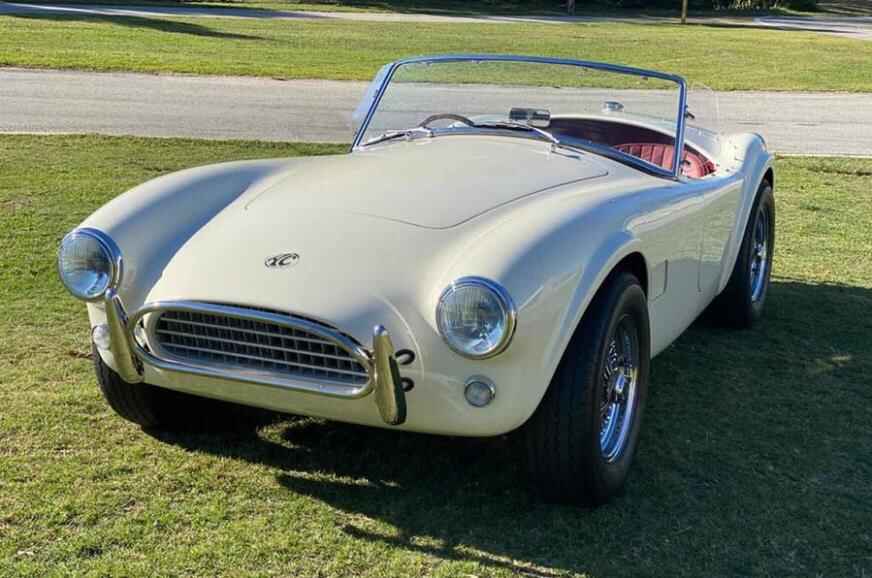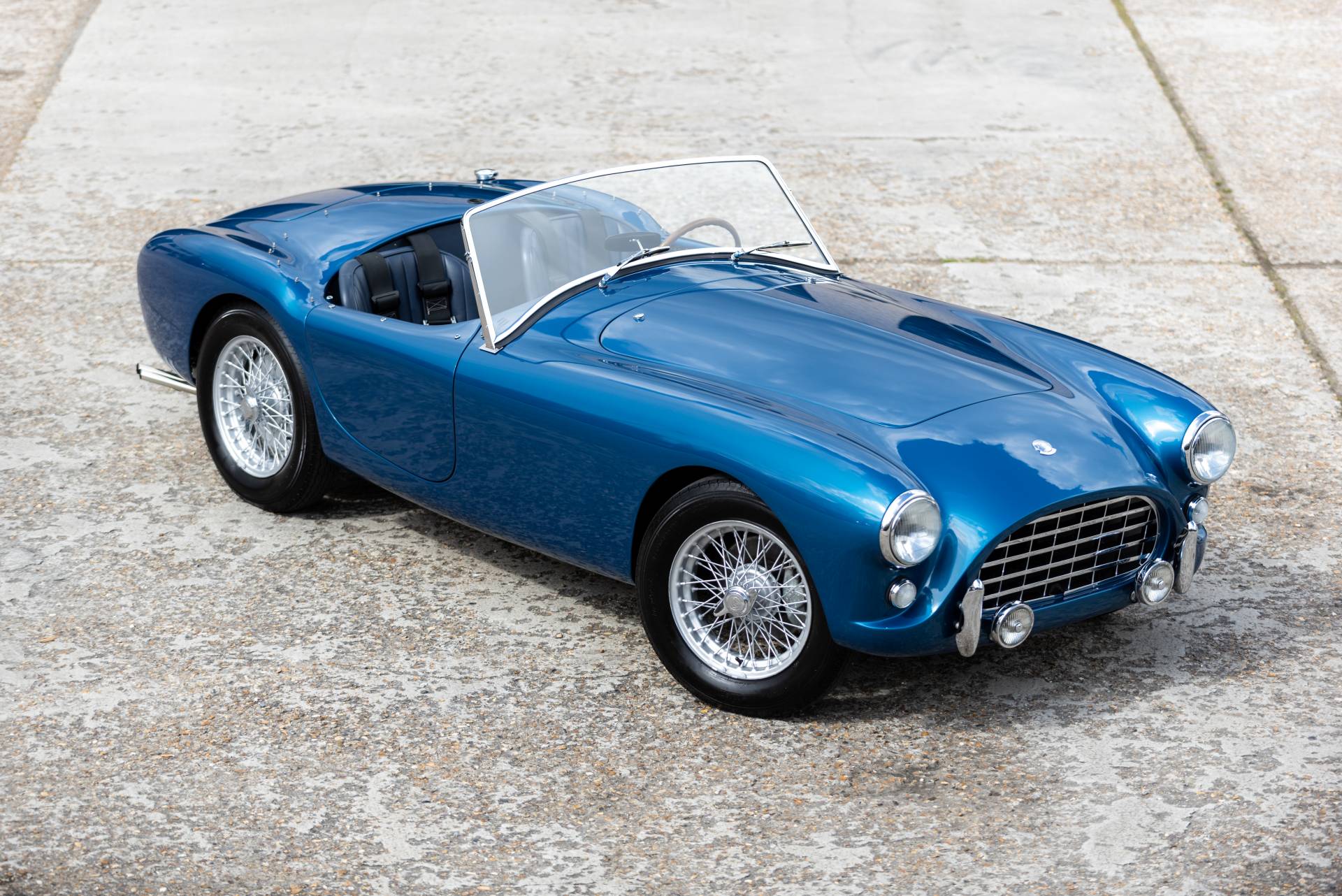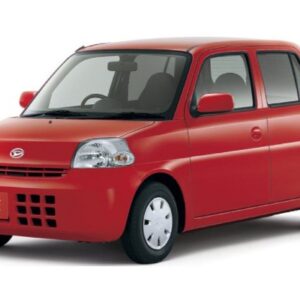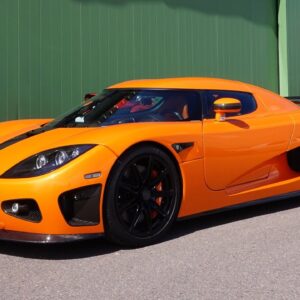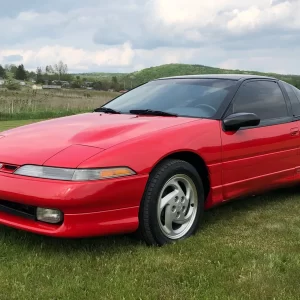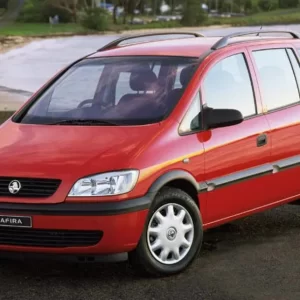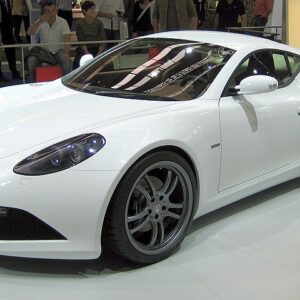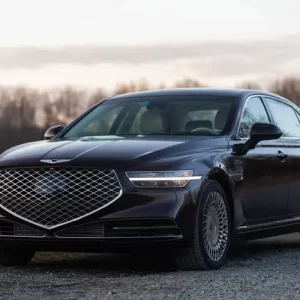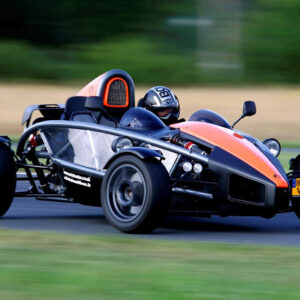AC Aceca Overall Review
The AC Aceca is a captivating chapter in the storied history of AC Cars, reflecting the British automaker’s commitment to blending sporting performance with grand touring comfort. Introduced in 1954, the Aceca was a closed coupe version of the acclaimed AC Ace roadster, designed to offer a more refined and comfortable driving experience without sacrificing the agility and sportiness that defined its open-top sibling.
Under its sleek, hand-formed aluminium bodywork, the Aceca shared much of its underpinnings with the Ace, including its chassis, engine, and suspension setup. Initially, it was powered by the same 2.0-liter inline-six engine, which delivered around 100 horsepower. This engine was known for its smooth power delivery and was coupled with a four-speed manual transmission, providing drivers with engaging and direct control over the car’s performance.
One of the defining features of the Aceca was its rear hatchback design, a rarity at the time, which combined practicality with elegant styling. The car’s interior was a step up in luxury compared to the Ace, featuring more substantial soundproofing, comfortable leather seats, and wood trim, making long journeys more enjoyable.
The Aceca’s performance on the road mirrored the Ace’s reputation for excellent handling and balance. Thanks to its lightweight construction and well-tuned suspension, the Aceca offered nimble handling and a comfortable ride, making it well-suited for both spirited driving on country roads and cruising on highways.
Throughout its production run, the Aceca saw various engine options, including a more powerful 2.6-liter unit developed by Bristol Cars, which significantly enhanced its performance. This Bristol-engined variant is particularly sought after by collectors today for its rarity and the performance upgrade it offers.
FAQs about the AC Aceca
Q: What year was the AC Aceca first introduced?
A: The AC Aceca was first introduced in 1954.
Q: What engine options were available for the AC Aceca?
A: The AC Aceca was initially equipped with a 2.0-liter inline-six engine, with later models offering a 2.6-liter unit developed by Bristol Cars.
Q: How many AC Acecas were produced?
A: Production numbers for the AC Aceca were limited, but exact figures can vary depending on the source. It’s known to be a relatively rare car.
Q: What distinguishes the AC Aceca from the AC Ace?
A: The AC Aceca is a closed coupe with a hatchback rear, offering more comfort and practicality compared to the open-top AC Ace, while maintaining similar performance characteristics.
Q: Can the AC Aceca be used as a daily driver?
A: While it’s possible to use an AC Aceca as a daily driver, its age, value, and rarity might make it better suited for occasional use, classic car events, and collectors.
Q: Is the AC Aceca a good investment?
A: Yes, the AC Aceca is considered a valuable collectible and a good investment, especially rare models like those equipped with the Bristol engine, due to their limited production numbers and historical significance.
Q: How does the AC Aceca’s performance compare to modern sports cars?
A: While the AC Aceca offers engaging driving dynamics, its performance is reflective of its era and cannot match the speed, handling, and safety features of modern sports cars.
Q: Are parts readily available for the AC Aceca?
A: Parts for the AC Aceca can be difficult to find and may require sourcing from specialists in classic British sports cars or custom fabrication.
Q: Did the AC Aceca have any notable racing success?
A: While the AC Aceca was not as focused on racing as the AC Ace, its design and performance capabilities did make it suitable for competitive driving events and club racing.
